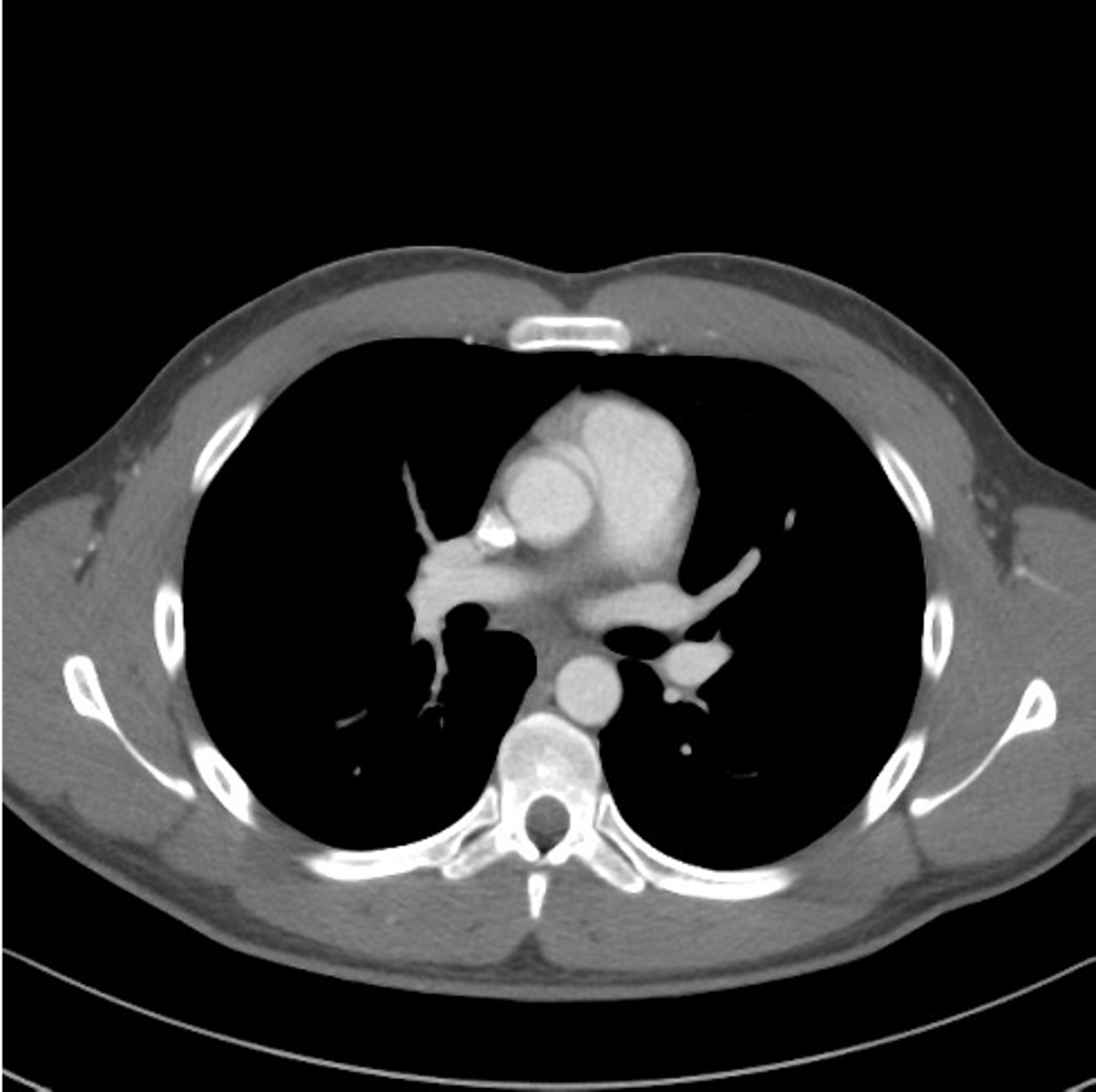Medical Imaging
1/13
There's no tags or description
Looks like no tags are added yet.
Name | Mastery | Learn | Test | Matching | Spaced |
|---|
No study sessions yet.
14 Terms
What is the key principle of x-ray imaging (including CT)?
differences in tissue density change how many rays are allowed through, altering image contrast
How many densities can be resolved in x-rays?
5
Which structures appear bright on x-rays?
more dense structures (contrast agents, bone, then soft tissue)
How do you describe structures in relation to one another on x-rays/CTs?
hyperdense, hypodense
What are the benefits of conventional x-ray radiography?
fast, inexpensive
What are the limitations of conventional x-ray radiography?
it provides limited soft-tissue resolution (can be enhanced with contrast agents like barium, inserted in vasuculature, rectum, oral)
What is the difference between CT and x-ray?
CT takes measurements of density across a single digital slice
What is CT angiography?
test to see blood vessels (especially pulmonary) with radio-opaque contrast

What are the benefits of CT?
better soft-tissue resolution than x-ray, can differenciate congealed vs flowing blood (trauma), faster and less expensive than MRI, can be used if metal is present in the body
What are the limitations of CT?
less anatomical resolution than MRI
What is the principle of MRI?
proton behavior, thus water and fat content
How are tissues described in relation to one another in MRI?
hyperintense (brighter) vs hypointense (darker)
What are the benefits of MRI?
best anatomical resolution, optimized for a variety of specific applications
What are the limitations of MRI?
slow, expensive, can be dangerous if metal is present in the body